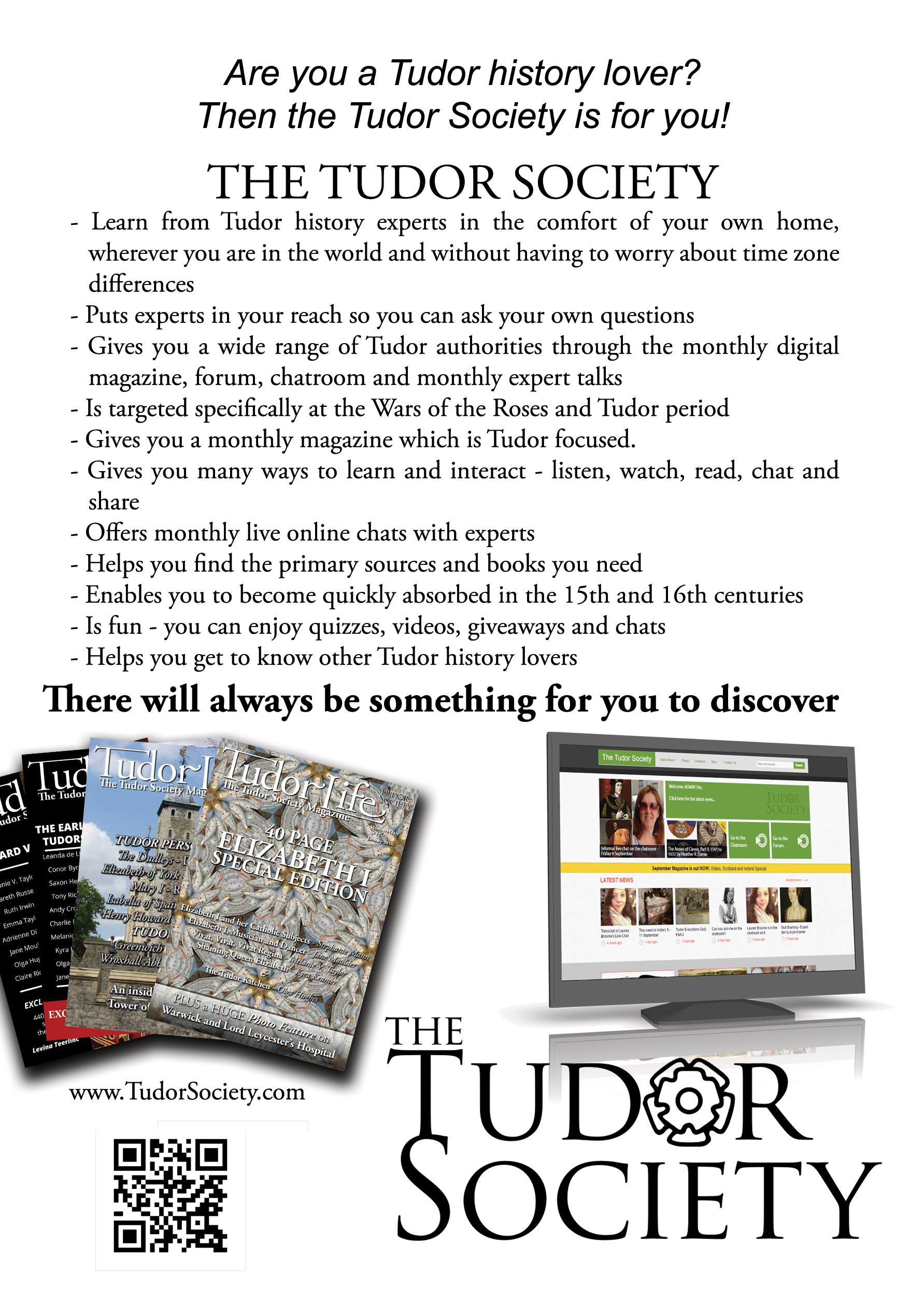
Our Lady and St Anne's Roman Catholic Church
London wrote to Thomas Cromwell on 17th September to confirm the shrine's destruction:
"Has pulled down the image of Our Lady at Caversham, whereunto was great pilgrimage. It is plated over with silver. Has put it in a chest fast locked and nailed up, and will send it by next barge to London. Has pulled down the place she stood in with the lights, shrowds, crutches, images of wax &c. about the chapel, and defaced the same thoroughly. This chapel belonged to Notley Abbey and there was always a canon of that monastery warden of Caversham, who sang in chapel and had the offerings. He was accustomed to show many pretty relics, among others the holy dagger that killed King Henry, and the holy knife that killed St. Edward. All these with the coats of this image, her cap and hair, my servant will bring your Lordship next week. Has sent the canon home to Notley and made fast the doors of the chapel, the lead of which, if desired, he will make sure for the King: otherwise it will be stolen by night,—as happened at the Friars, where they took the clappers of the bells, and but for the aid of Mr. Fachell and the mayor they would have made no little spoil. Reading, 17 Sept."1
London also sent a letter to Thomas Wriothesley:
"Has pulled down the image of "your Lady" at Caversham, &c. Describes the relics, of which he missed nothing but "a piece of the holy halter Judas was hanged with." The canon of Notley had conveyed home to his master as great a relic as any of these before London came, "but I will have him and shall send it to my Lord. And this week following I will send up Mr. Johan. Schorn, and so as many as I find." Has occasion to go on college business by Aylesbury and Bedford next week "and as I suppose by Northampton." In all these are places of friars which he will despatch if allowed, for as they would fain be abroad it were a pity to stay them. In several of these houses much idolatry has been used. Remember Mr. Knyzte's matter. My servant will be with you this week to bring up the Friars' surrender and the relics of Caversham, and will also bring you a token in parchment under the convent seal from the abbot and convent here. Reading, 17 Sept."2
A letter written the next day explains that the "great relic" was "an angel with one wing that brought to Caversham the spear's head that pierced our Saviour's side upon the Cross."3 Other relics, as you can see from London's letters, included "the holy dagger that killed King Henry, and the holy knife that killed St. Edward" and "a piece of the holy halter Judas was hanged with".
It is so sad that a shrine that had stood since the early 12th century was completely destroyed by Henry VIII during the dissolution of the monasteries. These shrines, though, were seen as superstitious and, of course, their relics could be used to help the royal coffers. Any statues from the shrines were burnt as they were seen as idols. Chronicler Charles Wriothesley recorded the burning of some such statues earlier that summer:
"Allso this yere, in the moneth of July, the images of Our Lady of Wallsingham and Ipswich were brought up to London with all the jewelles that honge about them, at the Kinges commaundement, and divers other images, both in England and Wales, that were used for common pilgrimages, because the people should use noe more idolatrye unto them, and they were burnt at Chelsey by my Lord Privie Seale."4
Today, a shrine to Our Lady of Caversham can be found in Caversham's Church of Our Lady and St Anne - see http://www.ourladyandstanne.org.uk/the-shrine/.
Trivia: According to David Loades, in The Religious Culture of Marian England, "Catherine of Aragon was a frequent visitor to Caversham", i.e. the shrine, and according to records she visited the shrine on 17th July 1532.
Notes and Sources
Photo: Our Lady and St Anne's Roman Catholic Church, Caversham, where a modern shrine to Our Lady of Caversham is located. © Copyright Andrew Smith and licensed for reuse under this Creative Commons Licence, www.geograph.org.uk/photo/616740.
- Letters and Papers, Foreign and Domestic, Henry VIII, Volume 13 Part 2, August-December 1538, 367.
- Ibid., 368.
- Ibid., 377.
- Wriothesley, Charles (1875) A chronicle of England during the reigns of the Tudors, from A.D. 1485 to 1559 Volume 1, Camden Society, p. 83.



I recall this church and a bit about how the original shrine looked plus the visit of Catherine of Aragon. It was noted as a favourite of hers. An unusual intimate place for a royal queen but there is a dedication to the visit, also in the documentary. I cannot read the documentary, sorry.
Hi Lyn-Marie,
Yes, Catherine of Aragon was said to have visited there on a number of occasions. It is so sad that shrines like this were destroyed as they were important places for the people. When you say that you cannot read the documentary, what do you mean?
Sorry had my Kindle on auto by accident. I meant recall the name of the documentary that visited the shrine, but it was on a few months ago on Channel 5 so it will come to me. Thanks.
Ah, ok, I didn’t see that so it would be good to know its name. Thanks.